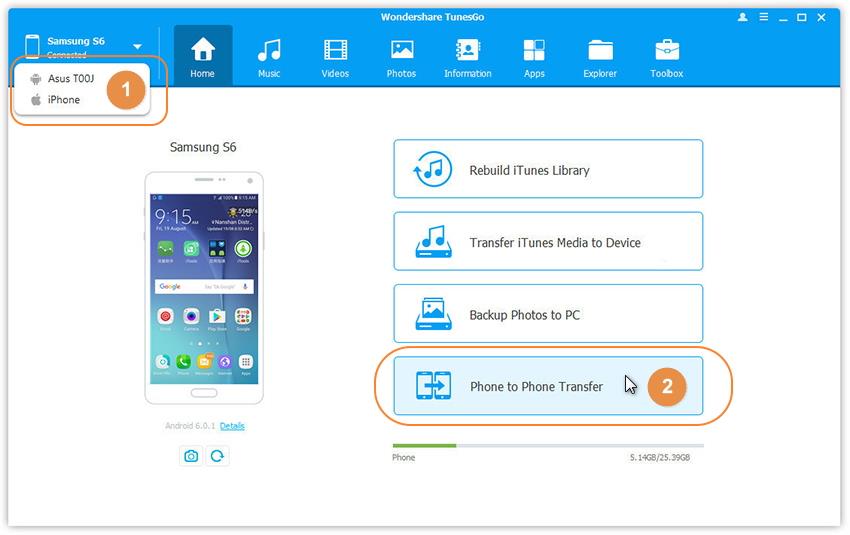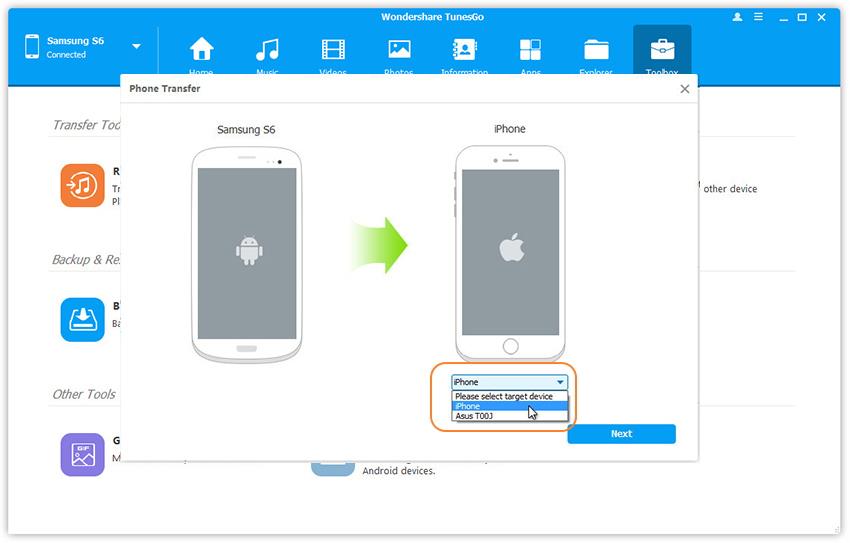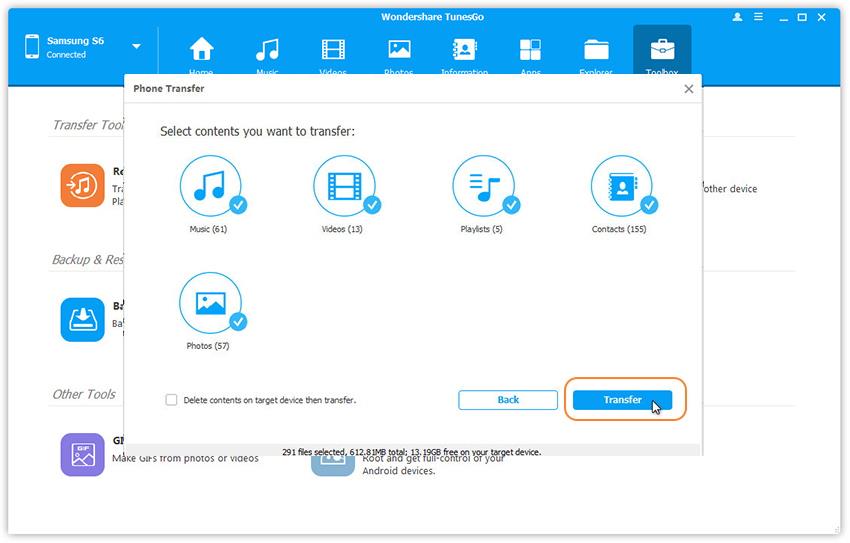Google Pixel Vs: Samsung S7 Edge: Which Phone is Better?
It is impossible to deny that Samsung’s Galaxy S7 Edge is still a popular Smartphone in the market even with the introduction of Google's Pixel devices. Although both the devices are offering high-quality hardware, software, and specifications, it is still confusing for many to choose anyone between the two. The current article focuses on the differences and the common areas between the Google Pixel and Samsung S7 Edge.
![]()
Design: Google Pixel Vs Samsung S7 Edge
Both the devices are good-looking and offer robust construction. While Google used the combination of aluminum and glass for the Pixel Smartphone, Samsung went ahead with the use of aluminum alone with streamlined chassis and sweeping curves. Another advantage of the Galaxy S7 series is in the form of water resistance. With IP 68 certification, the device is capable of withstanding a drop in pool/sink and meets the requirement of an aquatic adventure. Such an action is fatal for Google's Pixel because of its IP 53 certification, which only offers protection against dust and spraying of water.
Display: Google Pixel Vs Samsung S7 Edge
The Pixel from Google is the base model and hosts a 5-inch full HD resolution basing its technology on AMOLED. With a resolution of 1920x1080, the screen boasts a pixel density of 441 PPI. The screen is vivid, crisp, and handy. Samsung, on the other hand, offers 5.5-inch Super AMOLED display with Quad HD resolution of 534 PPI.
Camera: Google Pixel Vs Samsung S7 Edge
The 12.3-megapixel rear camera on the Google Pixel has a 1.55 µ pixel and f/2.0 aperture lens. The added features include video stabilization, dual LED flash, phase detection autofocus, and laser detection autofocus. The front end of the Smartphone hosts an 8-megapixel camera with f/2.4 aperture and 1.4 µ pixel sensor. The f/1.7 aperture, 1/2.5-inch and 1.4-µ pixel sensor for the 12-megapixel camera on the Galaxy S7 Edge has a two-tone dual-LED flash, optical image stabilization, dual-pixel face detection autofocus, touch focus, panorama capture, HDR, and quad HD video recording. In comparison to the Google’s device, Samsung has a 5-megapixel, f/1.7 aperture for enhanced low light photography along with dual video call option.
Hardware: Google Pixel Vs Samsung S7 Edge
Google uses QUALCOMM Snapdragon 821 chipset with 4 GB of RAM in its Pixel Smartphone. The variant is available in 32 GB and 128 GB internal storage space. It does not provide an option to accommodate an external microSD card. Samsung uses QUALCOMM Snapdragon 820 chipset or Samsung Exynos 8890 processor based on the market. Coupled with 4 GB of RAM, both the devices are available in 32 GB inbuilt memory with expandable storage to reach into 256GB SD card.
Software: Google Pixel Vs Samsung S7 Edge
Regarding software, Google is releasing its Pixel lineup of smartphones with Android Nougat operating system. The new operating system has the Google Assistant inbuilt, which a user can access by long pressing the home button. Samsung S7 Edge runs on Android 6.0 Marshmallow operating system with a planned upgrade to Android 7.0 Nougat.
Price: Google Pixel Vs Samsung S7 Edge
Google priced its Pixel base model with 32GB at $649, and the 128GB with $749. The Samsung S7 Edge with 32GB is available for $769.
| Product | Google Pixel | Samsung Galaxy S7 Edge |
|---|---|---|
| Dimensions |
143.8 x 69.5 x 8.6mm (5.66 x 2.74 x 0.34") |
150.9 x 72.6 x 7.7mm (5.94 x 2.86 x 0.30") |
| Colors | Black, Blue, Silver | Black, Gold, Grey, White |
| Resolution | 1920x1080 | 2560x1440 |
| Megapixels | 12 Megapixel | 12 Megapixel |
| Battery Capacity (mAh) | 2770 mAh | 3600 mAh |
Must-have Phone Manager for Google and Samsung
With the help of a phone manager, it is possible for you to transfer data from your Google or Samsung handset to a computer and vice versa. Apart from this, a phone manager is also capable of creating a backup of the content. A one-stop solution for your phone management requirement is the use of Wondershare TunesGo. The phone manager is capable of offering endless support to both iOS and Android devices. With the help of, you can seamlessly transfer all your entertainment media from computer to both iOS and Android devices. You can even move content between iOS and Android smartphones directly using this software. Added benefits included in the program are:
Google Phone Manager - One Stop Solution to Manage Transfer Files on Google Phones
- Backup your music, photos, videos, contacts, SMS etc. to computer and restore them easily.
- Manage, export&import your Contacts and SMS, deduplicate Contacts, reply SMS with computer.
- One-click Root - Root your Android phones/tablets to take full control of your device.
- Phone to Phone Transfer - Transfer music, photos, videos, contacts, SMS between two mobiles (both Android and iPhone are supported).
- App Manager - Install, uninstall, import or backup Apps in batch.
- Gif Maker - Create Gif from photos, motion photos, videos.
- iTunes Manager - Sync iTunes Music to Android or transfer music from Android to iTunes
- Fully compatible with 3000+ Android devices (Android 2.2 - Android 8.0) from Google, Samsung, LG, HTC, Huawei, Motorola, Sony etc.
How to Switch from old Mobile Device to the New Google Pixel or Samsung S7 Edge
This Phone Manager is also great Phone Transfer tool to transfer files from old phone to new Google Pixel and Samsung S7 Edge. Step 1 Download and install Phone Manager for Google Pixel and Samsung S7 Edge to your computer. After completing the installation, launch at right clicking the icon from the desktop. You can now contact your old and new devices to the computer. The Phone Manager will identify the smartphones automatically. However, you have to set the source device manually and choose your old phone as the source.

Step 2 Press “Phone to Phone Transfer" feature from the main interface.
Step 3 Selecting the choice will open a new window where you will be choosing Google Pixel as the target device from the drop down menu. Press Next at the bottom to continue to the next step.

Step 4 In the new pop-up screen, you will view the options that you can transfer from the old phone to the new phone. Check the categories that you wish to move by marking in the check boxes. Once done, press the Transfer button at the bottom to initiate the transfer procedure. The time taken to complete the action is dependent on the category is selected and the total size. It is important to wait until the process is complete before browsing the new phone to check for the transferred content.

Note: If you are utilizing the Windows version of Google Phone Manager, you have the opportunity to delete existing content on the target device before initiating the transfer process.
Simply download and have a try this must-have Google Phone Manager to manage and transfer all your music, photos, contacts and other files on your Google Pixel and Samsung S7 Edge.

